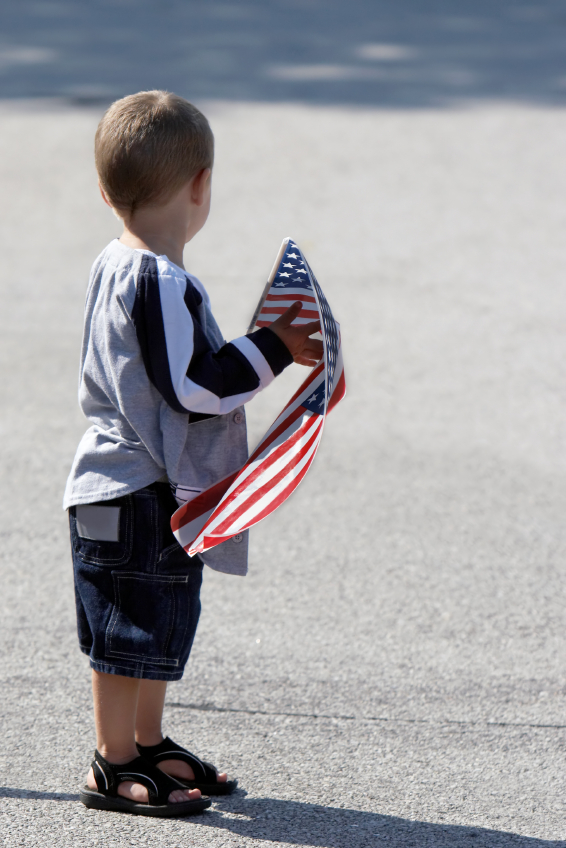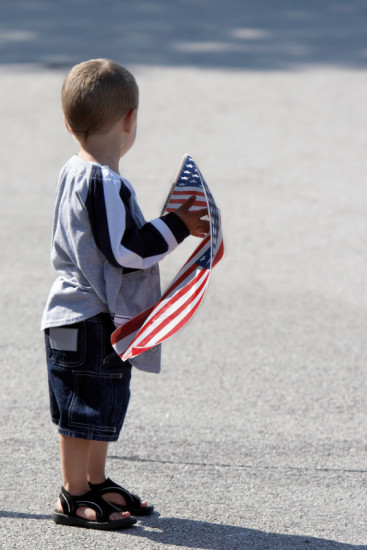Kristin
I thought the Black Panther movie was awesome. And such a great thing for my son and his friends to be able to grow up with. It made me wonder how much movies could change culture–if every other movie featured Black protaganists and an African utopia, and discussion of how Black people were brought to the Americas by slavers, how different would that be for how Black kids feel about their world and their place in it, and how all kids perceive race?
This is an interesting take on why Americans, uniquely amongst other wealthy countries, continue to shoot each other and deny each other health care. Scandinavians build a culture on lifting each other up so everyone does better together. Americans built a culture on punching down, punishing each other, so it looks like a lot of losers and a few spectacular winners, but everyone is living in a cruel society.
Margaret
Last week the Economic Policy Institute released its annual report card on the state of American wages. It contains a lot of good news, including that hourly wages have finally risen above 2007 levels. Another bit to celebrate: companies are slowly closing the gender wage gap, which is down to 84 cents on the dollar, versus 78.3 in 2000. Hispanic workers have also been closing the wage gap with white workers over the last 17 years. But the report also brought to light some very troubling news: employers have actually increased the black-white wage gap by 6 percentage points since 2000.
I just came across Dylan Matthews’ compelling piece from last year about his experience donating a kidney to a complete stranger. Matthews writes about how his donation kicked off a chain that ultimately led to four people getting kidneys. These transplants are literally life-saving for recipients, and lead to no quality of life change for donors, except in extremely rare cases. It’s an impressive and admirable story that, for me, begs an important question: what are my metaphorical two coats, and why aren’t I giving one away?
Eric
Even when oil trains don’t blow up they can be dangerous. A Minnesota jury awarded $15 million to a worker who was poisoned by noxious fumes that caused neurological damage while he was handling oil-laden rail cars.
Farhad Manjoo describes what it was like to spend two months unplugged from electronic news sources and return to print:
It has been life changing. Turning off the buzzing breaking-news machine I carry in my pocket was like unshackling myself from a monster who had me on speed dial, always ready to break into my day with half-baked bulletins.
Now I am not just less anxious and less addicted to the news, I am more widely informed (though there are some blind spots). And I’m embarrassed about how much free time I have — in two months, I managed to read half a dozen books, took up pottery and (I think) became a more attentive husband and father.
Most of all, I realized my personal role as a consumer of news in our broken digital news environment.
In a thought-provoking piece, Tim Kreider wonders whether millennials’ absolutism is exactly what we need for the US gun control debate. A sample:
I am creeped out by the increasing dogmatism and intolerance of millennials on the left; I felt a generational divide open up under me last year… I just can’t help noticing that the liberal side isn’t much fun to be on anymore.
Yet this uprising of the young against the ossified, monolithic power of the National Rifle Association has reminded me that the flaws of youth — its ignorance, naïveté and passionate, Manichaean idealism — are also its strengths. Young people have only just learned that the world is an unfair hierarchy of cruelty and greed, and it still shocks and outrages them.
The Cut is running a series of absolutely first-rate meditations on how to raise a boy. I’m about halfway through and I cannot recommend it highly enough. If, like me, you’re raising a boy, please read these.
Aven
Keeping the pressure on the gun control reporting, it turns out Moms Demand Action isn’t the only gun control group to experience unprecedented leaps in membership and attendance over the past month. Everytown for Gun Safety, The Brady Campaign to Prevent Gun Violence, and Sandy Hook Promise are all reporting huge leaps in membership, new chapters, and petition signatories since the Parkland shooting. As anyone who has ever managed volunteers will tell you, having the capacity to suddenly absorb an influx of new activists is no small task, but these organizations have been quietly laying this groundwork for years. According to Shannon Watts, founder of Moms Demand Action,
“We built the machinery over the past five years that can accommodate all these new members. We have a chapter in every single state. It’s a robust leadership system with volunteers, and each has a different role. That has enabled us to plug them in immediately.
“We’ve been creating this movement on the ground and now we can make sure we’re accommodating this moment that has happened.”
While I think that the teenagers from Parkland who have pushed this conversation into new territory are amazing and singular, I think it’s also important to acknowledge that black activists have been fighting for exactly this kind of attention and reform for years. Take it away, Teen Vogue:
These organizations, largely centered around anti-violence, have been led mostly by young black women and black teens — and not only in recent years. Through different groups, across different cities, they have been organizing anti-violence rallies, have been meeting with presidential candidates, proposing policy ideas, participating in national debates, and organizing intensely to advocate for more equitable state and federal gun laws that impact black and brown people. They put forward policy strategies to curb violence, looking for reform and accountability in policing, especially concerning the lethal use of force by guns.
Meanwhile, in a sweet, sweet twist of irony, the Weinstein Company has been bought by a Latina woman, who intends to turn the studio into a woman-led and woman-hiring force for good governance, transparency, and feminist principles. Boosh.
John
Democracy Now! devoted much of its daily show on March 8 to International Women’s Day.
Margaret Talbot, writing for The New Yorker, asks, “Is this the moment when the politics of guns shifts?” and reports some positive signs.
John Oliver, in his own way, also reports on gun developments, and describes NRA TV, an entity of which I was ignorant. Trigger warning, ribald language contained.
Jon Talton, still my favorite Seattle Times economic columnist, ran this piece on affordable housing across the US. Among his observations: when academic researchers “interviewed more than 100 mayors of cities in 39 states, only 13 percent said their housing stock was doing a good job keeping up with needs.”
With regard to the coal industry’s continuing “War on human health,” Grist reported that Trump’s EPA Administrator Scott Pruitt announced a proposal to weaken modest 2015 Obama administration rules, by allowing states to determine how to dispose of coal ash, toxic waste remaining from burning coal. On the same day, EPA rejected a civil rights complaint from a majority African-American Alabama community over an adjacent landfill containing coal ash. The coal ash was dumped in Alabama after it was cleaned up from a spill in a majority-white Tennessee community.
Grist also contains this explainer from associate editor Eve Andrews on why global warming/climate change makes extreme weather worse.
John Abbotts is a former Sightline research consultant who occasionally submits material for Weekend Reading and other posts.









